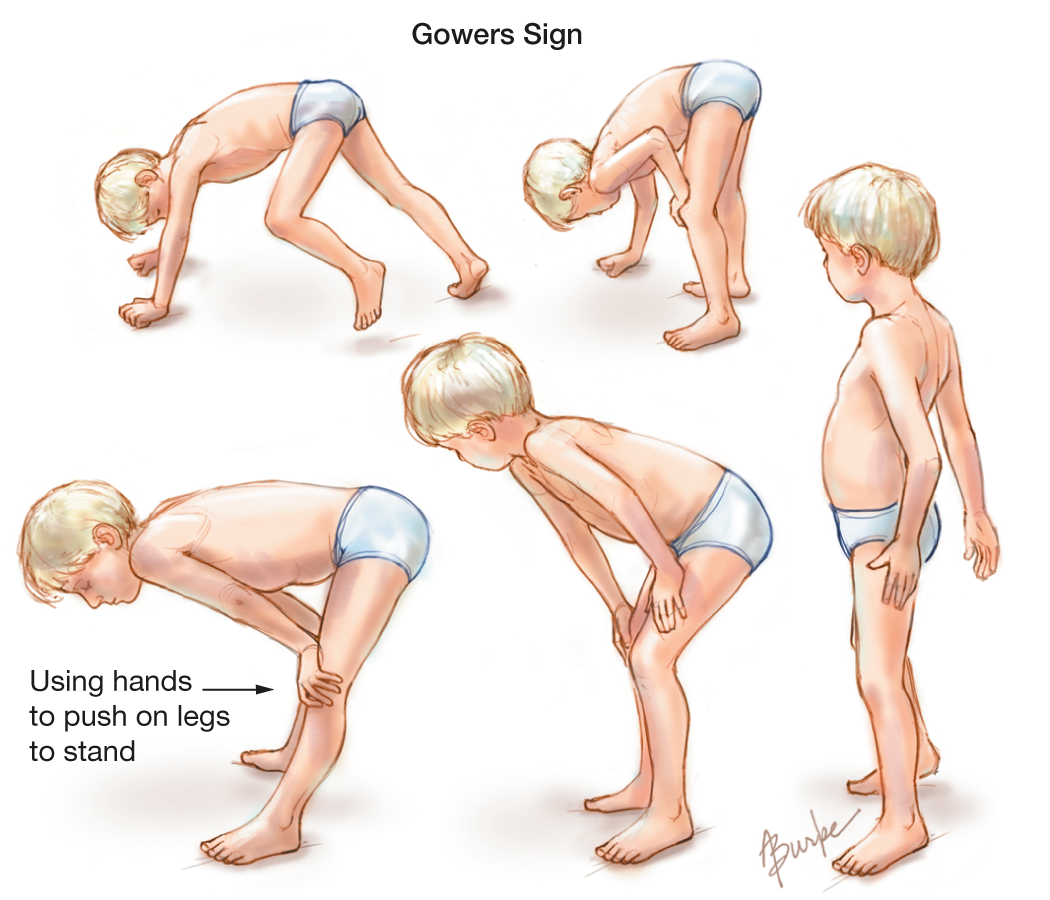Muscular Dystrophy is a medical disability, often inherited. It damages and weakens the patient's muscles over time. This damage and weakness are blamed on the lack of a protein called dystrophin. This protein is crucial for normal muscle function. There is no cure for Muscular Dystrophy but take physiotherapy treatment for Muscular Dystrophy in Bawana is the way to move your body regularly. The absence of this protein can result in some serious problems related to walking, swallowing, and muscle coordination.
More than 30 different kinds of muscular dystrophy have been reported. All of these vary in symptoms and severity. Muscular dystrophy can attack the person of any age, but the majority of the cases are detected among children. Young boys are more vulnerable as compared to girls.

There's no fixed cure for muscular dystrophy. It is still a topic of debate and discussion. A few medicines and most importantly physical therapy can help alleviate the symptoms and slow down the development of this disease.
The exact cause of Muscular Dystrophy is under debate. However, some schools of thought believe that Muscular Dystrophy is caused by mutations on the X chromosome. There are many types of this disorder and each type is said to be caused due to a different set of mutations. However, the similarity among them all is that they prevent the body from producing dystrophin. A point to be noted here is that Dystrophin is a protein indispensable to the human body. It is required by the body for building and repairing muscles.
There is no fixed set of signs and symptoms of Muscular Dystrophy as they vary from patient to patient. However, the most commonly reported symptoms are -
The diagnosis of Muscular Dystrophy generally starts with the doctor examining the complete medical history of the patient, asking questions regarding the symptoms followed by conducting a physical examination. Generally, these are not sufficient to confirm the presence or absence of the disorder. Hence, the doctor may recommend tests like enzyme tests, electromyography, genetic testing, muscle biopsy, heart monitoring tests, and lung monitoring tests to take the proceedings further.
No specific cure has been invented for the treatment of Muscular Dystrophy in Bawana till date. Some medicines and mostly physical therapy has been found helpful to alleviate the symptoms and keep the patient mobile for the longest possible time.
Patients with Muscular Dystrophy often struggle with a lot of everyday activities. Physiotherapy can help the patients effectively deal with a lot of neuro musculoskeletal problems. Physiotherapy can help slow down the digression of a range of motion, improve the muscle strength and the gait pattern. Physiotherapy also involves various stretching programs for the patients. It is a combination of a passive range of motion and active-assisted range of motion. Regular stretching of the ankle and hip is also involved.
The patient should not ignore the symptoms in the early stages and meet a qualified physiotherapist to get a personalized treatment plan developed. The physical therapy programme generally involves the following -